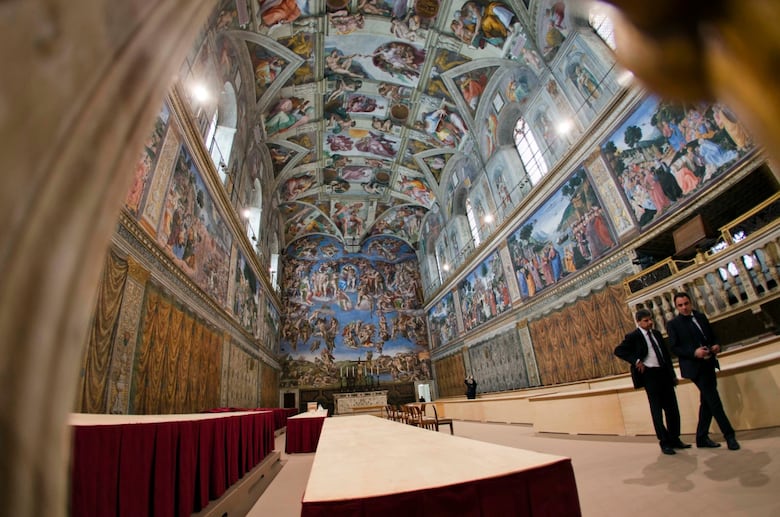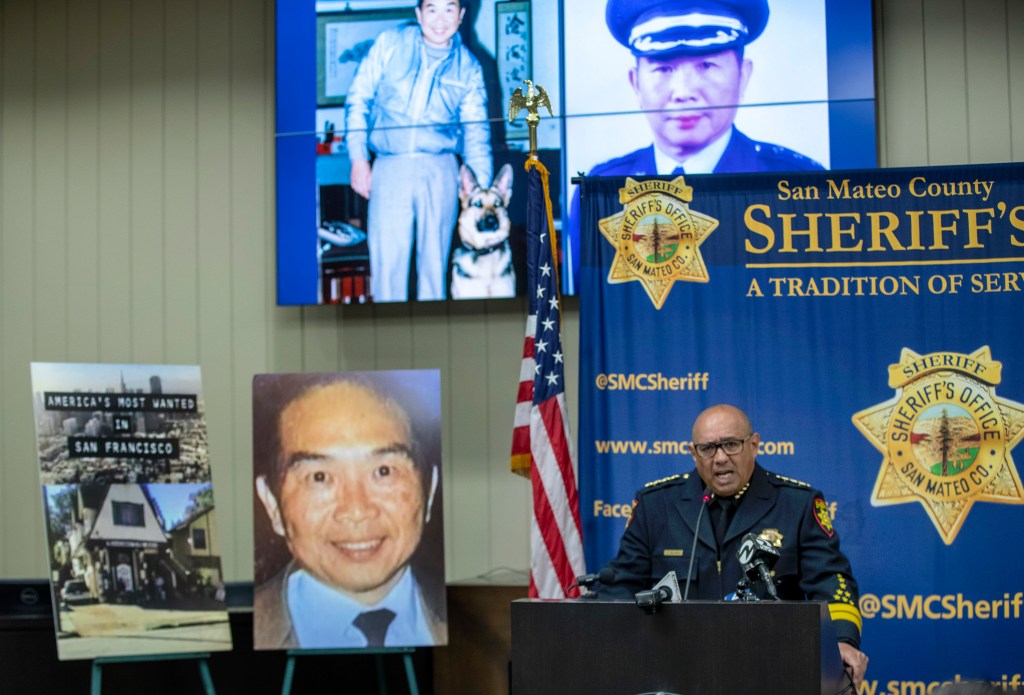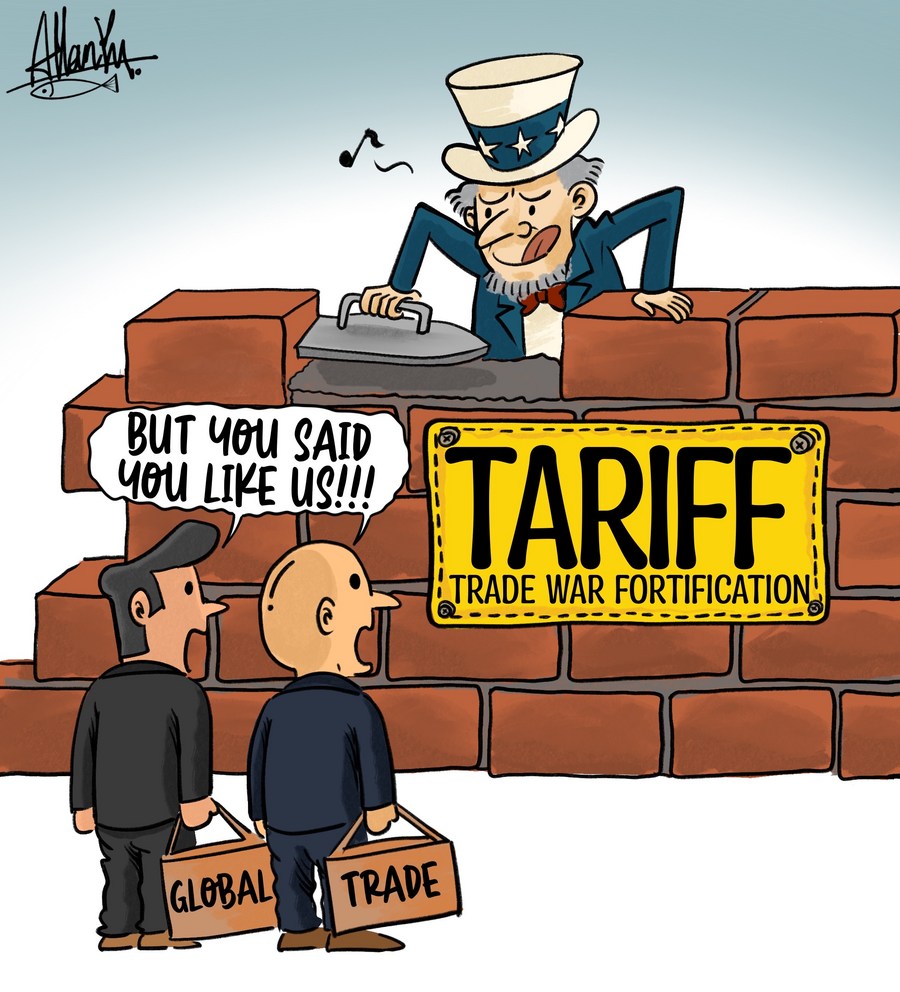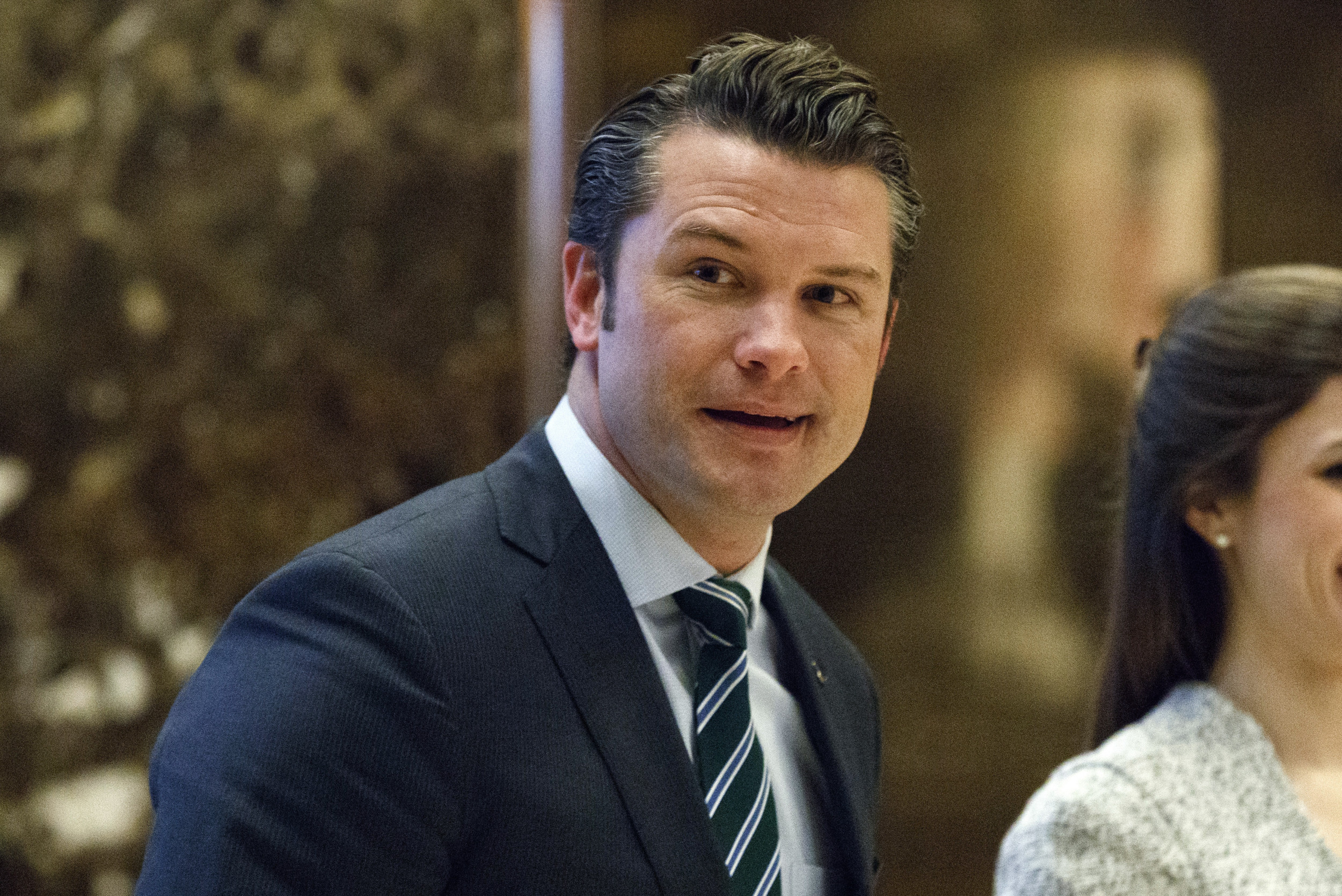Conclave Explained: How The Catholic Church Elects A New Pope

Table of Contents
The Process Leading to a Conclave
The Conclave, the process of electing a new Pope, is triggered by a vacancy in the papacy. This occurs upon the death or resignation of the reigning Pontiff. The death of a Pope, a deeply significant event within the Catholic world, initiates a period known as sede vacante – the vacancy of the See of Peter. This is not simply an administrative gap; it represents a moment of profound spiritual reflection and anticipation. The College of Cardinals, the body of high-ranking clergy appointed by the Pope, holds the crucial responsibility of selecting the next successor.
During sede vacante, several crucial steps occur:
- Confirmation of the Pope's death/resignation: The death is officially declared, often by the Cardinal Camerlengo (Chamberlain), who manages the affairs of the Holy See during the vacancy. A resignation is similarly formally announced.
- Gathering of Cardinals in Rome: Cardinals from around the world converge upon Rome, their presence signifying the commencement of the election process.
- Preparation of the Sistine Chapel for the Conclave: The Sistine Chapel, a location steeped in history and art, is meticulously prepared to host the Conclave. Security is tightened, and the space is adapted for the needs of the Cardinals.
- Seclusion of Cardinals: Once the Conclave begins, the Cardinals are sequestered within the Apostolic Palace, completely cut off from outside influence, ensuring the integrity and secrecy of the election.
Inside the Conclave: Secrecy and Voting
The Conclave is renowned for its strict secrecy. The entire process is designed to prevent external pressures or interference, allowing the Cardinals to freely exercise their judgment in choosing the next Pope. One of the most visible symbols of this secrecy is the smoke signal emanating from the Sistine Chapel chimney. Black smoke signifies that no Pope has been elected, while white smoke announces the election of a new Pontiff. This simple yet powerful visual cue underscores the mystery and importance of the Conclave.
The voting itself is a rigorous process:
- Ballots: Cardinals write their choice on a ballot, and these ballots are then collected and counted.
- Scrutiny: The ballots are carefully examined and counted by the scrutineers, individuals specifically appointed to oversee the process.
- Two-thirds majority requirement: A candidate must secure a two-thirds majority of the votes to be elected Pope. If this is not achieved, multiple rounds of voting continue until a Pope is chosen.
- The role of the scrutineers and their responsibilities: These cardinals ensure the fairness and accuracy of the voting process, their role vital to maintaining the integrity of the Conclave.
- Burning of ballots and the significance of the smoke: The burning of ballots produces the famous smoke signals, a visual representation of the progress of the election.
- The process of electing a Pope: This involves multiple ballots and rounds of voting until a candidate achieves the necessary two-thirds majority.
- The "Habemus Papam!" announcement: When a Pope is elected, the announcement, "Habemus Papam!" ("We have a Pope!") is made from the balcony of St. Peter's Basilica, heralding the beginning of a new papal reign.
The Role of Cardinals and Their Influence
The College of Cardinals is composed of different types of Cardinals: Cardinal electors (those under 80 years of age) and non-electors (those over 80). Only Cardinal electors have the right to vote in the Conclave. The selection of a new Pope is a complex process, influenced by a variety of factors:
- Cardinal electors vs. non-electors: Only those under 80 have voting rights, significantly influencing the outcome of the election.
- The influence of different theological viewpoints: The Cardinals represent a range of theological perspectives, shaping the discussions and influencing the final choice.
- Geographical representation among Cardinals: The global nature of the Catholic Church is reflected in the geographical diversity of the Cardinals, impacting the considerations for electing a Pope.
- Political factors influencing the election: While ideally the choice is driven by theological considerations, broader political factors and regional representation can inevitably play a role.
History and Evolution of the Conclave
The Conclave's history spans centuries, evolving significantly over time. Early forms of Papal elections were often far less organized and more prone to political maneuvering.
- Early forms of Papal elections: Initially, the process lacked the formal structure of the modern Conclave, leading to instances of protracted and contentious elections.
- Key historical changes in Conclave rules: Rules have been modified over the centuries to enhance transparency and fairness, aiming to balance tradition with the needs of a global Church.
- Notable examples of impactful Conclaves: History is filled with examples of lengthy Conclaves, controversial elections, and Popes who profoundly shaped the Church's course.
- The impact of modern technology on the Conclave: While maintaining tradition, modern communication and security measures have been incorporated to ensure the smooth and secure operation of the Conclave.
Conclusion
The Conclave is more than just an election; it is a pivotal moment in the history of the Catholic Church. The process of choosing the next Pope, a leader who will guide millions, is a complex interplay of tradition, secrecy, and profound spiritual deliberation. Understanding the Papal Conclave provides insight into the inner workings of the Catholic Church and the significant weight placed upon the selection of its supreme leader. To further explore the intricacies of this fascinating process, we encourage you to delve deeper into the history of the Conclave and the unique circumstances surrounding various Papal elections. Learn more about the Papal Conclave and the critical role it plays in choosing the next Pope. Discover the rich history behind the election of the Pope and gain a deeper understanding of this pivotal process.

Featured Posts
-
 Fatal San Carlos Street Race Results In Eight Year Prison Sentence
May 07, 2025
Fatal San Carlos Street Race Results In Eight Year Prison Sentence
May 07, 2025 -
 Zirkoviy Stil Rianna V Shirokikh Dzhinsakh Ta Bliskuchikh Prikrasakh
May 07, 2025
Zirkoviy Stil Rianna V Shirokikh Dzhinsakh Ta Bliskuchikh Prikrasakh
May 07, 2025 -
 100 Tariff On Foreign Films Understanding Trumps Trade Policy
May 07, 2025
100 Tariff On Foreign Films Understanding Trumps Trade Policy
May 07, 2025 -
 Hegseth And Signal An Exclusive Look At His Communication Practices At The Pentagon
May 07, 2025
Hegseth And Signal An Exclusive Look At His Communication Practices At The Pentagon
May 07, 2025 -
 Nhl 25 Arcade Mode A Deep Dive Into This Weeks Release
May 07, 2025
Nhl 25 Arcade Mode A Deep Dive Into This Weeks Release
May 07, 2025
